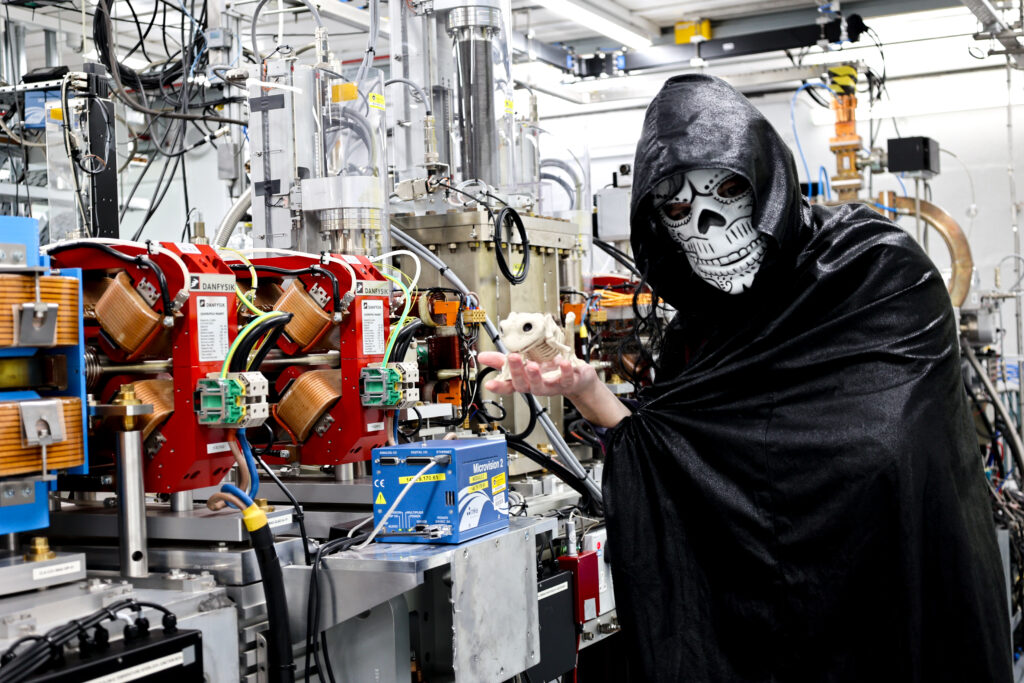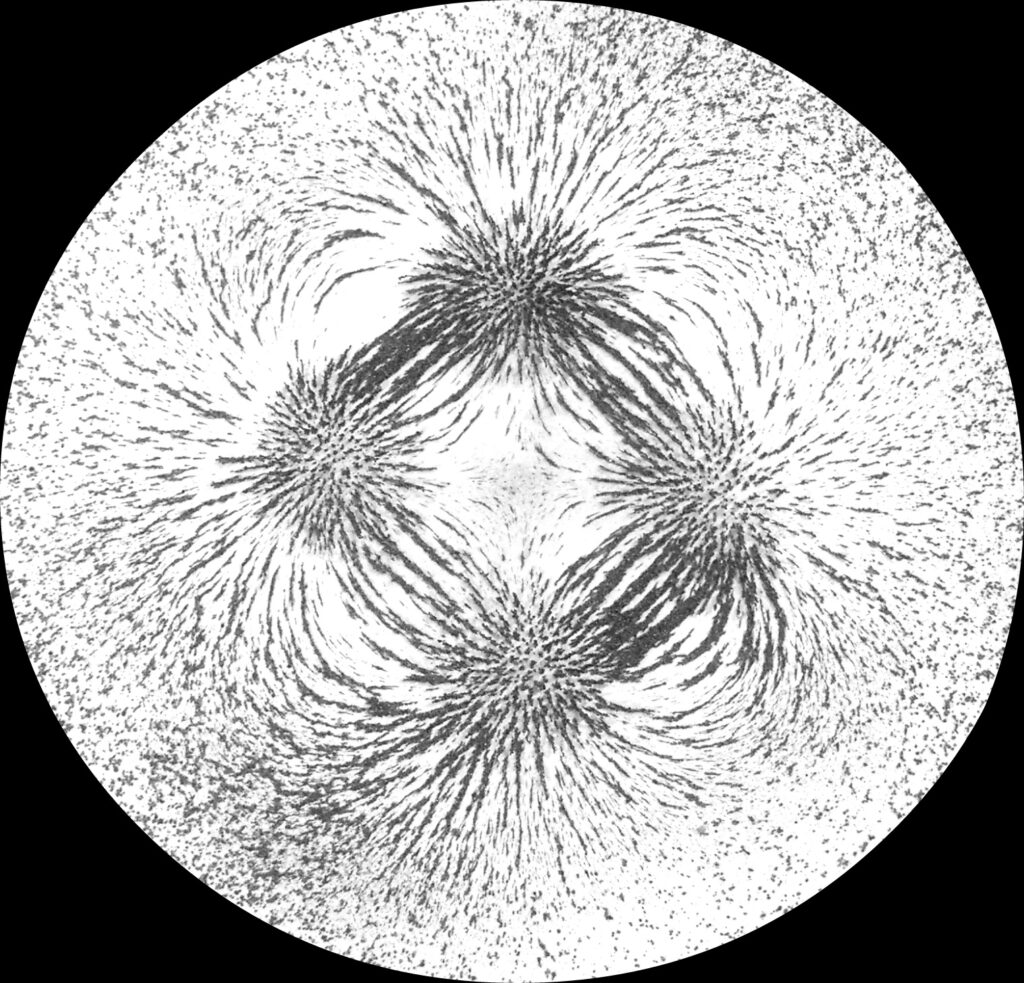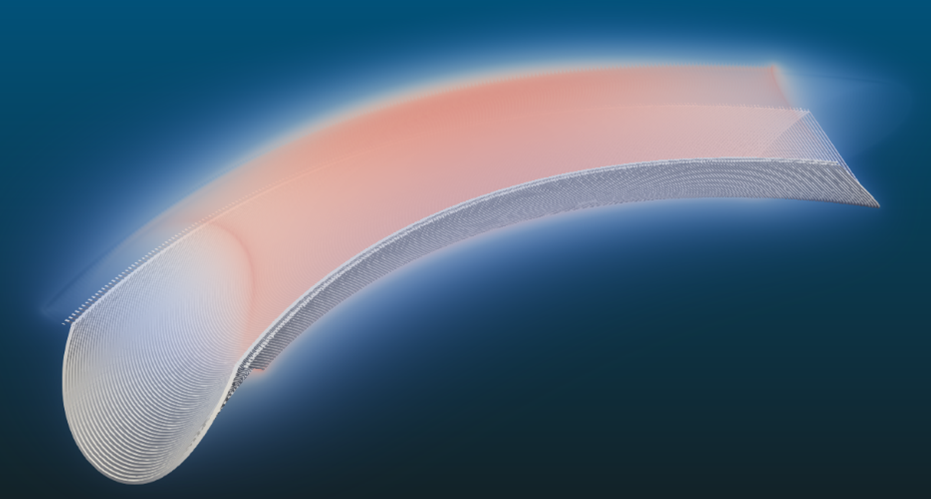In our article about electric fields, we discovered how we make particles go really fast, but it’s no good making them go really fast unless you can control where they go as well! Enter magnetism, another invisible force shrouded in mystery.

You’ve probably used a magnet before. You might have one on your fridge at home or have used one when you were at school. So, you probably know that they can attract or repel each other depending on their orientation. They don’t need to be touching each other to feel the force so we can see this force acts over a distance but gets weaker the further away we move from the magnet.

Magnetic fields can also bewitch charged particles, guiding them along shadowy paths. In particle accelerators such as the Large Hadron Collider (LHC) at CERN magnetic fields are used to bend and focus beams of particles.
Members of the Cockcroft Institute are working on the simulation of electromagnetic fields deflecting particle beams in order to optimise the performance of particle accelerators. In some cases, these fields can be quite complicated such as the one in the figure below – this shows a novel spectrometer at the ISOLDE facility at CERN for radioactive ion beams.

But there is an even more sinister secret: Magnets can also be used to make a charged particle beam move from side to side in a regular rhythm as it travels along. These oscillations cause the particle beam to produce radiation in the form of light at various wavelengths. With the correct set up this light can be laser-like and can be used to study small structures such as proteins and better understand diseases. Experts from the Cockcroft Institute are involved in the UK X-FEL project, which is hoping to build such a device here in the UK and the CLARA test facility at the Daresbury Laboratory is doing research to make such a device possible.
